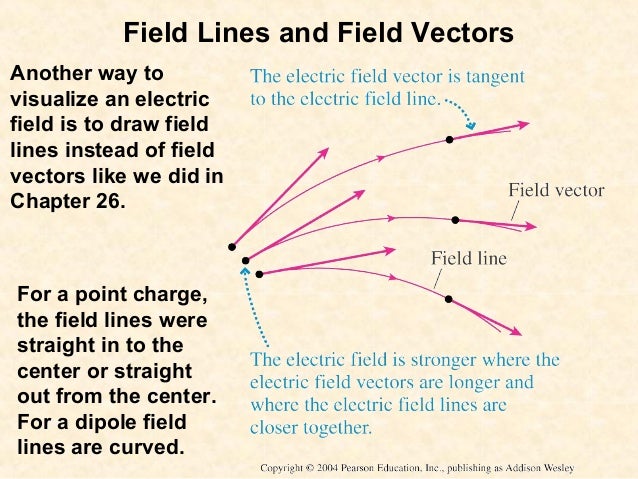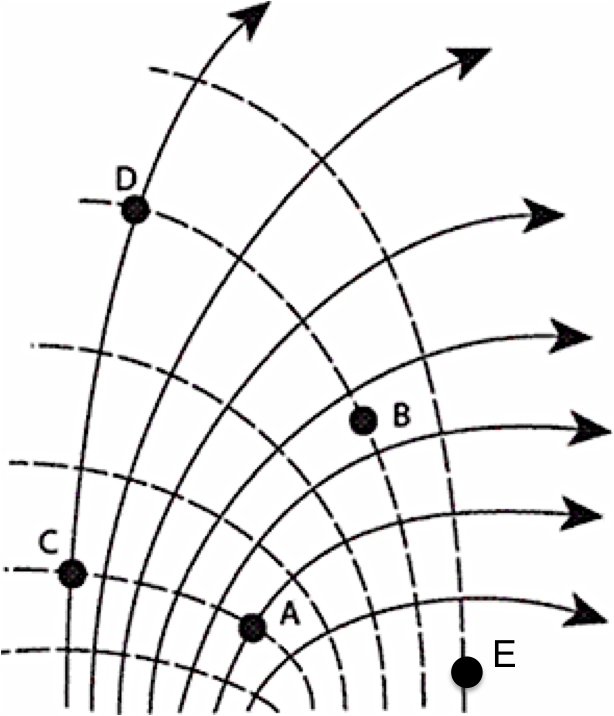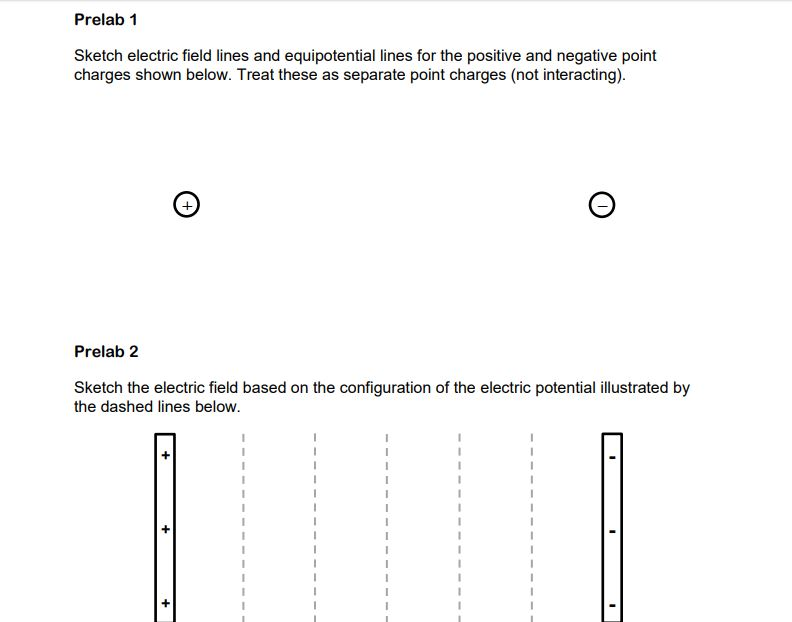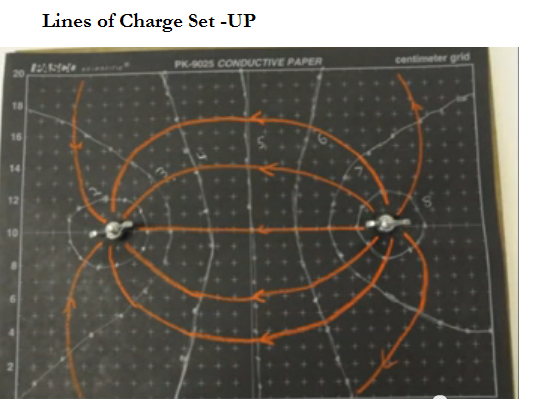

The field lines are perpendicular at the surface of the charge.The field lines originate from positive charge and terminate at a negative charge.What are the three properties of electric field lines? The field lines are strongest near the charge and become weak as they move away from the charge.ģ). Where are the electric field lines strongest? However, if we have positive and negative charges, then lines of force terminate at a negative charge.Ģ). No, if there is a single positive charge, then field lines originate from it and tend towards the infinity. These are proportional to the magnitude of charge.These are symmetrical about the line of joining the charges.The field lines are attracted to negative charges and repel from the positive charge.Two field lines never intersect each other.The field lines originating are always perpendicular to the surface of the charge.These lines originate from positive charge and terminate at a negative charge.To draw electric field lines, the following rules need to be followed. If there are two positive charges nearby, then the line of force originating from the positive charges would repel and bend towards infinity. The electric field lines get attracted to the negative charge and there exists a repulsion for the positive charge.

Electric Field lines Attraction and Repulsion These are always perpendicular to the surface of the conductor. Hence it is said that, under electrostatic conditions, the electric field existing is zero. Then the electrostatic condition is not valid. If these lines exist, then it would impose a force on the electrons, which will move the electrons and hence produce current. If a conductor is under electrostatic condition then there would be no electric field existing in the conductor. That means field lines repel to positive charge and similarly attract towards negative charge.Ī uniform electric field is represented by parallel, straight and equally spaced lines of force. If field lines are originating from positive charge, then in presence of one more positive charge, the field line will repel. Hence, the lines of force never intersect with each other. If we draw a tangent at the point of intersection, then it will give two directions at the same point. The lines of force originating or terminating at a particular charge, never intersect each other. The direction of the tangent gives the direction of the electric field. The direction of this is given by the tangent drawn at lines of force. The lines of force are perpendicular to the surface of the charge. The density of lines originating or terminating for the respective charge gives the magnitude of the charge. This means that the same number of lines exist above and below the line joining charges. In the case of a single charge present, the lines of force radiate outwards in case of positive charge and tend to infinity.Īs shown in the figure, the lines of force are symmetrical over line joining charges. If the charge is equal and opposite, the same number of lines leave and terminate at respective charges. The number of lines of force leaving the positive charge is equal to a number of lines terminating on a negative charge.

The line has the same direction as the direction of the electric field. As shown above, the electric field is vector E is tangent to an electric field line at each point. In other words, a number of lines or arrows is proportional to the magnitude of the electric field in a particular region. The magnitude can also be considered based on a number of arrows and density around the charge. The arrow represents the direction of the force. The lines of forces are directed outwards for positive charge and inwards for a negative charge. As shown in the below figure electric field lines exist between positive and negative charges. By looking into the electric field lines, its magnitude, orientation, and other properties can be evaluated.

When we say electric field lines, it gives us means of representing the electric field pictorially. A field basically is a function that specifies a particular quantity everywhere in a region. It was introduced by Michael Faraday in the year (1791-1867) who named them lines of force. Electric field lines may be considered as a visual representation of the electric field existing between or for a charge itself.


 0 kommentar(er)
0 kommentar(er)
